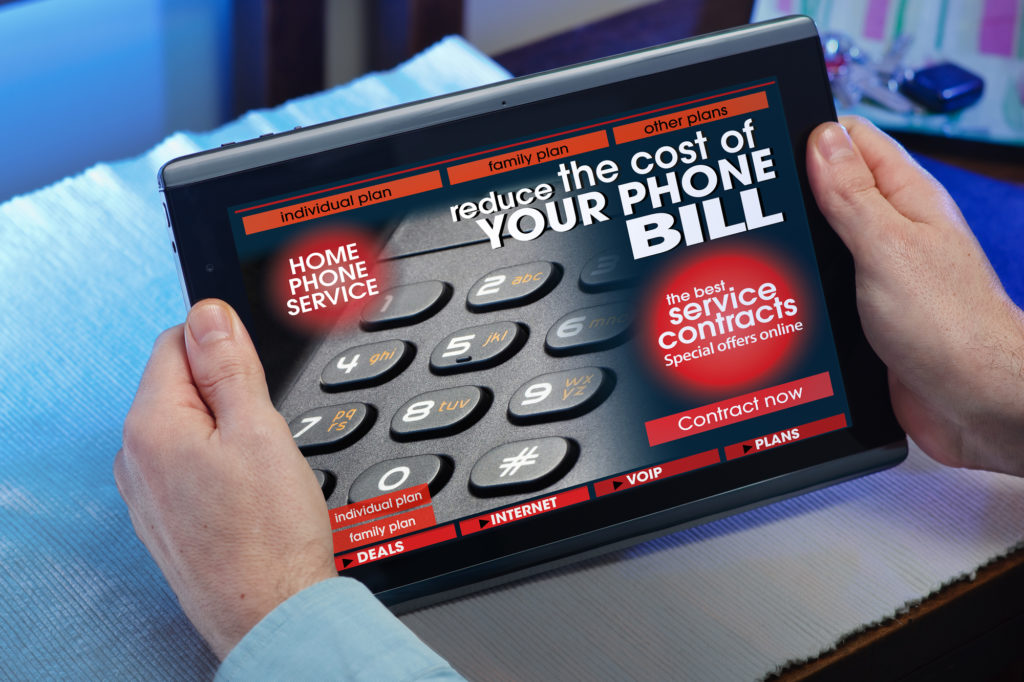(310) 504-1391
NETWORK CABLING REDONDO BEACH BUSINESS PHONE SYSTEMS

Which One Should You Choose?
Cat 5e: If cost is the primary concern and your network demands are modest, this is a budget-friendly choice for homes or small businesses.
Cat 6: For growing businesses or networks with moderate usage that may scale up in the future, Cat 6 provides a good mix of affordability and performance.
Cat 6A: For high-speed, high-bandwidth environments or to future-proof your network for 10 Gbps speeds, Cat 6A is the best investment, especially in demanding or interference-prone environments.
If you’re unsure which option best suits your needs, our team at Redondo Beach Business Phone Systems can evaluate your network requirements and recommend the perfect solution for your business. Reach out to us for expert guidance and professional installation!
Network Cabling, Install, Repair, & Maintenance, Service Redondo Beach
At Redondo Beach Business Phone Systems, we specialize in providing expert network cabling installation, repair, and maintenance services to support seamless communication and data connectivity for businesses in Redondo Beach, CA. Whether you’re setting up a new office, expanding your current infrastructure, or troubleshooting network issues, our team delivers reliable, high-performance solutions tailored to your needs. From structured cabling for voice and data to fiber optic installations, we ensure your network is optimized for speed, efficiency, and scalability. Trust us for end-to-end network cabling services that keep your business connected and ready for growth.
Cat 5e vs. Cat 6 vs. Cat 6A - which one do I need?
Choosing between Cat 5e, Cat 6, and Cat 6A cabling depends on your network’s current and future needs, including data speed requirements, the distance of your cable runs, and your budget. Here’s a breakdown of each type to help you decide:
Cat 5e (Enhanced Category 5)
Max Speed: Up to 1 Gbps (Gigabit Ethernet).
Max Bandwidth: 100 MHz.
Max Cable Length: Up to 100 meters (328 feet) for standard performance.
Use Case: Ideal for small businesses or home offices with basic networking needs, such as internet browsing, streaming, or light file sharing.
Cost: Most affordable option.
Limitations: May struggle with interference or crosstalk in high-traffic networks, and it’s not future-proof for emerging technologies.
Cat 6 (Category 6)
Max Speed: Up to 1 Gbps for distances up to 100 meters; 10 Gbps for up to 55 meters (180 feet).
Max Bandwidth: 250 MHz.
Max Cable Length: Up to 100 meters (328 feet) for 1 Gbps; shorter for 10 Gbps.
Use Case: Suitable for medium to large businesses with moderate networking demands, including video conferencing, VoIP, and data transfers. It’s a good balance of cost and performance.
Cost: Slightly more expensive than Cat 5e but provides better performance and reduced crosstalk.
Limitations: Limited performance for 10 Gbps speeds over longer distances.
Cat 6A (Augmented Category 6)
Max Speed: Up to 10 Gbps.
Max Bandwidth: 500 MHz.
Max Cable Length: Up to 100 meters (328 feet) for 10 Gbps performance.
Use Case: Designed for high-performance networks requiring robust data speeds and minimal interference, such as data centers, large-scale enterprises, and environments with heavy streaming or data-intensive applications.
Cost: More expensive than Cat 5e and Cat 6 but offers future-proofing for upcoming technology demands.
Benefits: Enhanced shielding minimizes interference, ensuring reliable high-speed performance even in high-traffic networks.